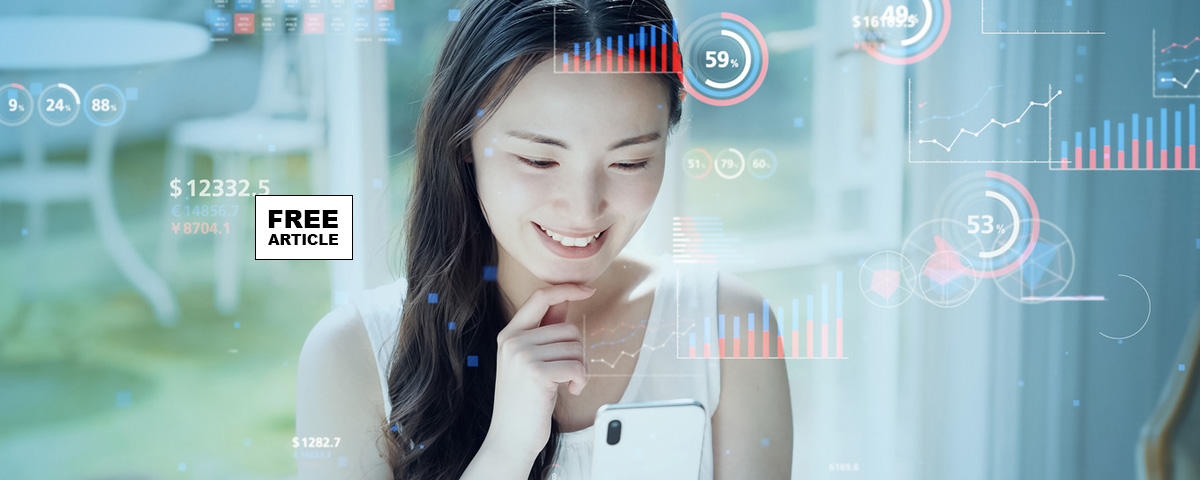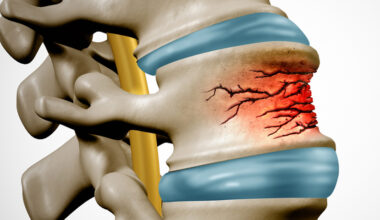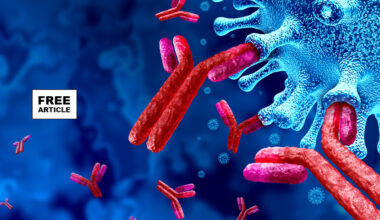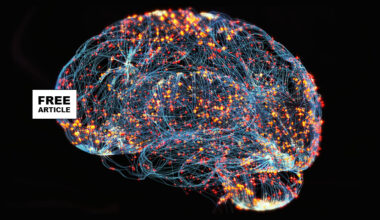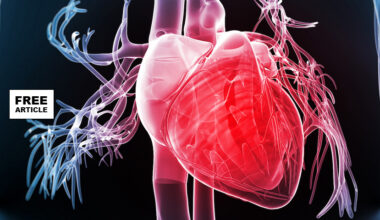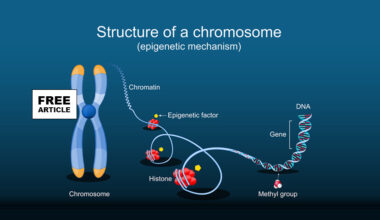FemTech, short for female technology, refers to software and services that utilize technology to address women’s health needs. The emergence of women’s health technologies, or ‘FemTech’, is a significant advancement in women’s healthcare and reproductive rights. These rights, which include the right to abortion, contraception, and equitable fertility treatment, are essential to guaranteeing women’s bodily autonomy and human dignity. The FemTech industry promises to empower women by offering them tools to better understand and manage their reproductive health through a solid empowerment narrative. While offering potential for improved access to healthcare and personalized solutions, FemTech also faces challenges related to data privacy, regulatory issues, and the need for more robust scientific evidence.
Fertility Enhancement
Nearly one-third of those with the capacity for pregnancy in the United States had used the internet or a smartphone app to track fertility or menstrual cycles. Typically, users input personal information, such as basal body temperature, luteinizing hormone testing strip results, quality of cervical fluid, and menstruation dates, and the technology attempts to predict the timing of future ovulation and menstruation. Users can also input data on symptoms, chronic health conditions, and timing of sexual intercourse. Possible uses for the resulting predictions of ovulation, menstruation, and fertility include avoiding or achieving pregnancy, familiarizing users with their fertility signs and menstrual cycle, and tracking symptoms around the menstrual cycle. Researchers have used data from period- or fertility-tracking technologies to improve understanding of the variety of length and patterns in menstrual cycles, with possible implications for epidemiology, clinical practice guidelines, and infertility treatment.
However, validity of the data and predictions from these technologies is unclear, as technologies vary in the amount and type of user information obtained and the predictive algorithms used. They also rely on user health literacy. Many tracking technologies assume a 28-day menstrual cycle for predicting ovulation despite documented variation in cycle length among individuals and over time. Virtually no woman has a consistent 28-day cycle month after month. While users may benefit from these technologies, their use may cause harm if user-entered data or predictions are incorrect. Additionally, sharing personal health details with period- or fertility- tracking technologies may carry risk, including the potential for privacy violations and data sharing or selling
Breast Cancer
While breast cancer can have a high survival rate, treatment and recovery are still harrowing experiences. Mobile apps and connected devices are making the journey easier for patients. The Belong Beating Cancer Together App has a 4.9/5 star rating on the Apple App Store with over 2,000 reviews. Patients love being able to find research studies, chat with oncologists and peers, and manage their care journey all in one place– from medications to appointment tracking. The overarching theme from the review comments is that Belong Beating Cancer Together provides them hope and community.
Breast cancer survivors continue to have side effects from treatment while in remission and a few wearables have come out to address them. Brilliantly was created to tackle the symptom of constant coldness that patients reported after having reconstructive breast surgery. The wearable slips into any bra for safe, flexible, natural-feeling warmth and the temperature is controlled by a phone app for discrete and easy adjustment throughout the day. Medications can also force women into menopause, and the Embr Wave 2 bracelet works as a “personal thermostat” to curb hot flashes. There is promising evidence that the Embr Wave 2 reduces hot flashes interfering with sleep.
Menopause
Most women experience menopause in their late 40s or early 50s, and it is a heterogeneous experience with some individuals experiencing few or no symptoms, whereas for others it impacts on the normal functioning and quality of life. Symptoms of menopause include hot flushes, anxiety, brain fog and migraines and can begin several years prior to menopause, during a period known as perimenopause. The main medicine treatment for menopause and perimenopause symptoms is Hormone Replacement Therapy (HRT). Talking therapies such as Cognitive Behavioral Therapy and lifestyle interventions can also help with physical symptoms such as hot flushes and with low mood and anxiety. 3Menopause is socially and culturally constructed and as such, needs to be understood as integral to life and not a discrete biological event.
Typically, menopause smartphone apps are patient facing health and wellness Digital Health technologies. Menopause applications differ significantly in terms of quality and functionality. These applications may provide users with information and advice regarding menopause and its treatments or encompass various tracking features that enable women to monitor symptoms and menstrual cycles. Furthermore, they can generate visualizations of the tracked data. Some provide access to community forums or to non-interactive peer experiences. Some apps offer more limited features and information while few contain expert input. These apps are typically unregulated although some apps, for example, the app Balance has been certified by the Organization for the Review of Care and Health Apps. User reviews of menopause apps suggest that individuals feel empowered through their use and gain confidence and knowledge regarding menopause, particularly in relation to the app’s self-tracking features.
Femtech applications are also available for monitoring pregnancy, postnatal care, diseases such as Polycystic Ovary Syndrome, Endometriosis, Lifestyle monitoring and a host of other areas of interest to women.
The rise of ‘FemTech’ represents a significant advance in women’s health and reproductive rights. However, this industry is at a crossroads between the promise of greater control over their reproductive health on the one hand and the risk of increased state surveillance on the other. This highlights the critical issues around guaranteeing women’s confidentiality and autonomy while ensuring that these technologies do not become instruments of government control.
There is also the issue of the level of information and education provided to users about the potential dangers of FemTech. Users must be fully aware of these technologies’ implications, particularly regarding protecting privacy and processing health data. Greater awareness of these issues among users is essential to making better choices and understanding the risks of these tools concerning the use of their data.

